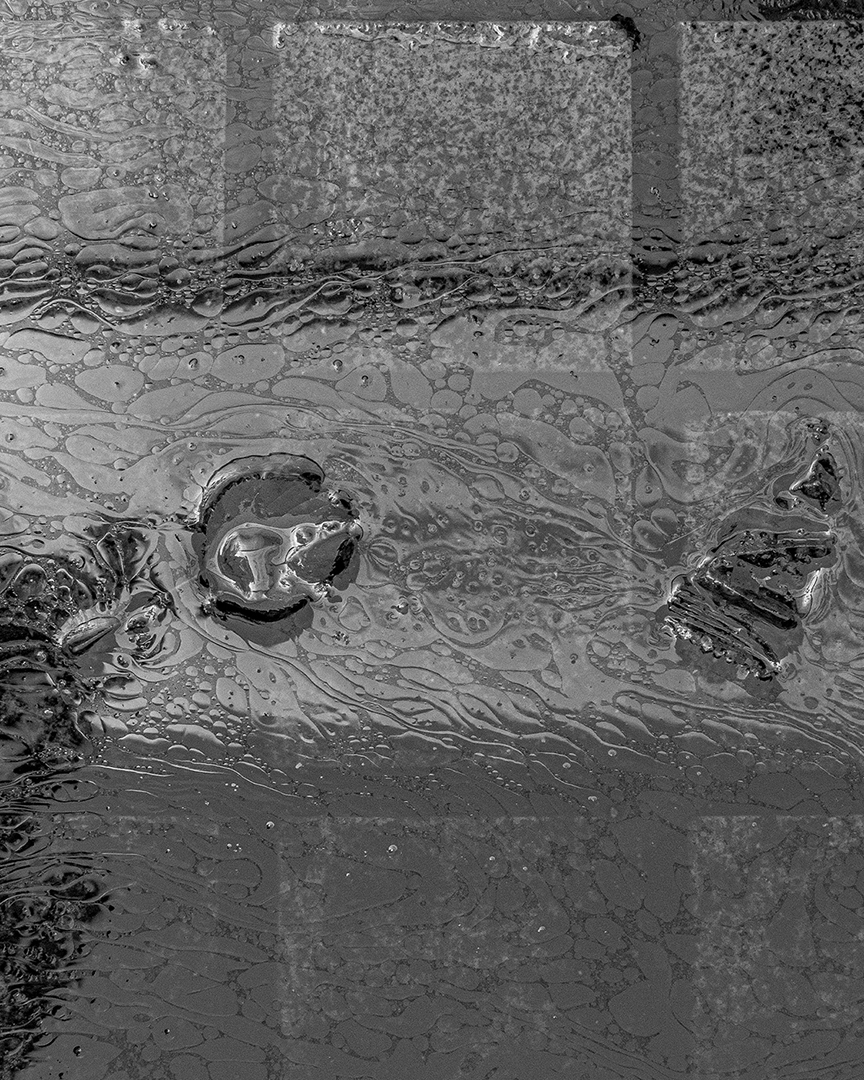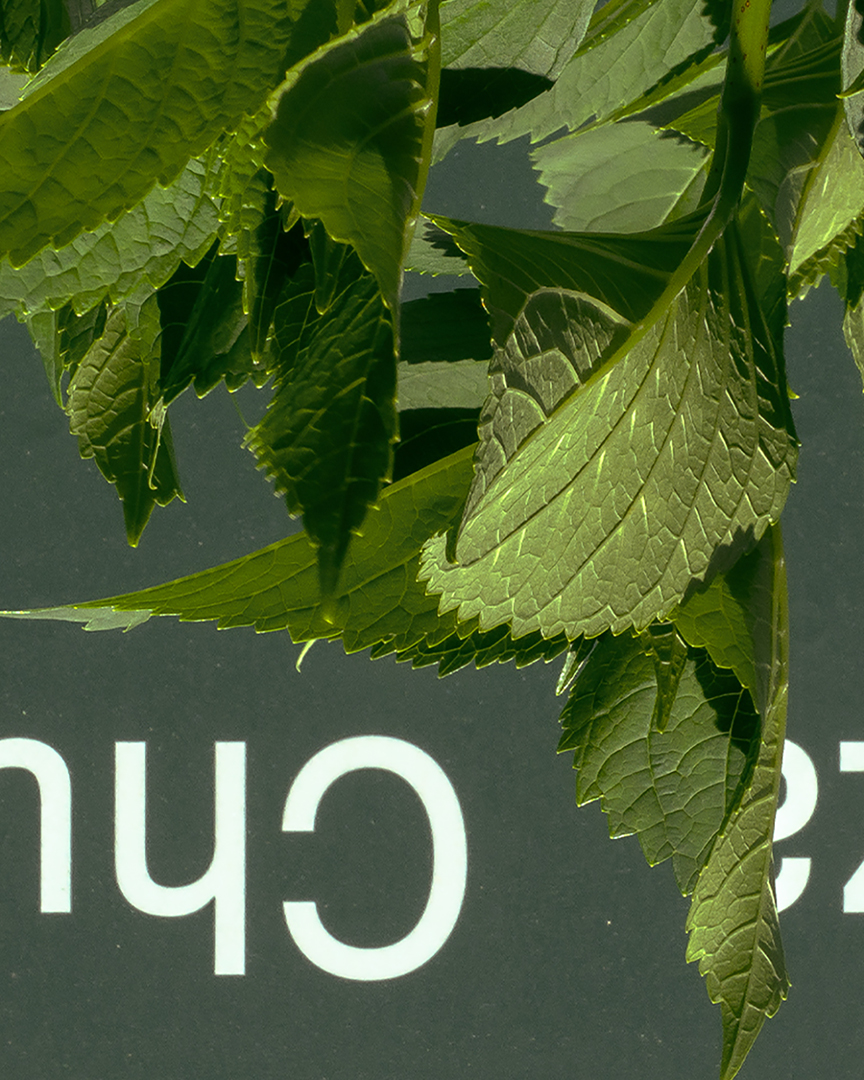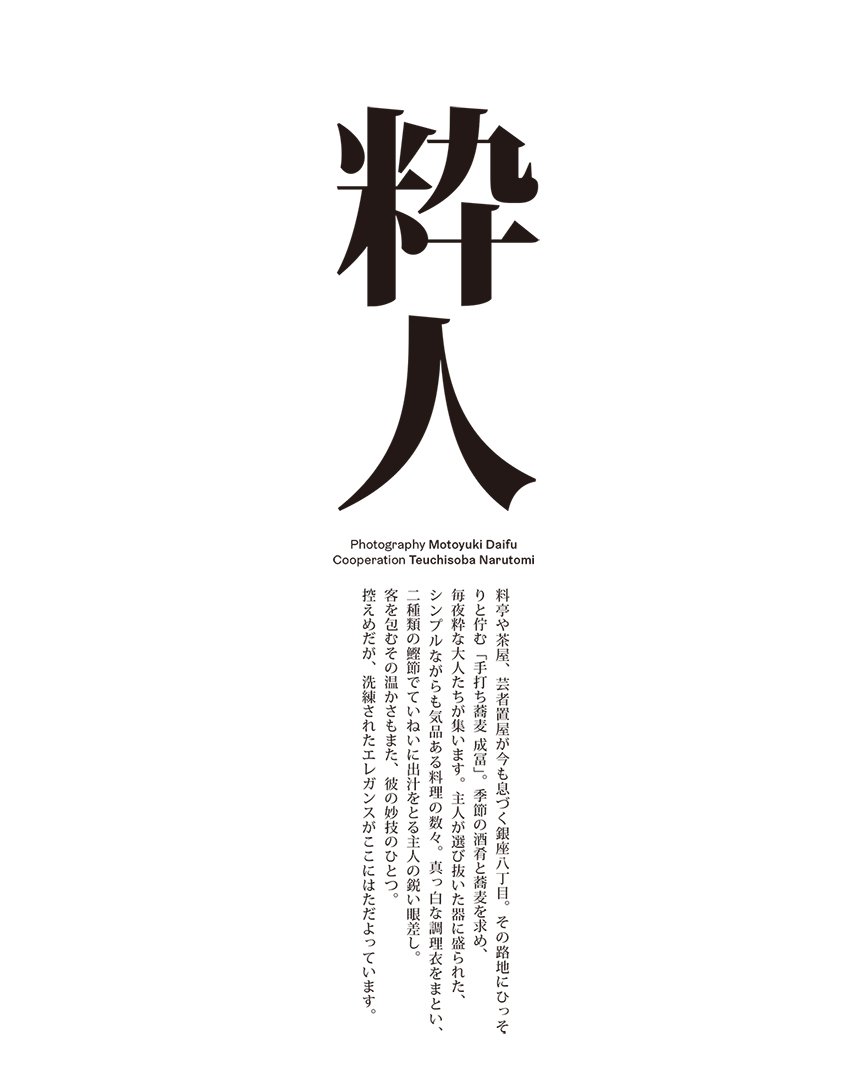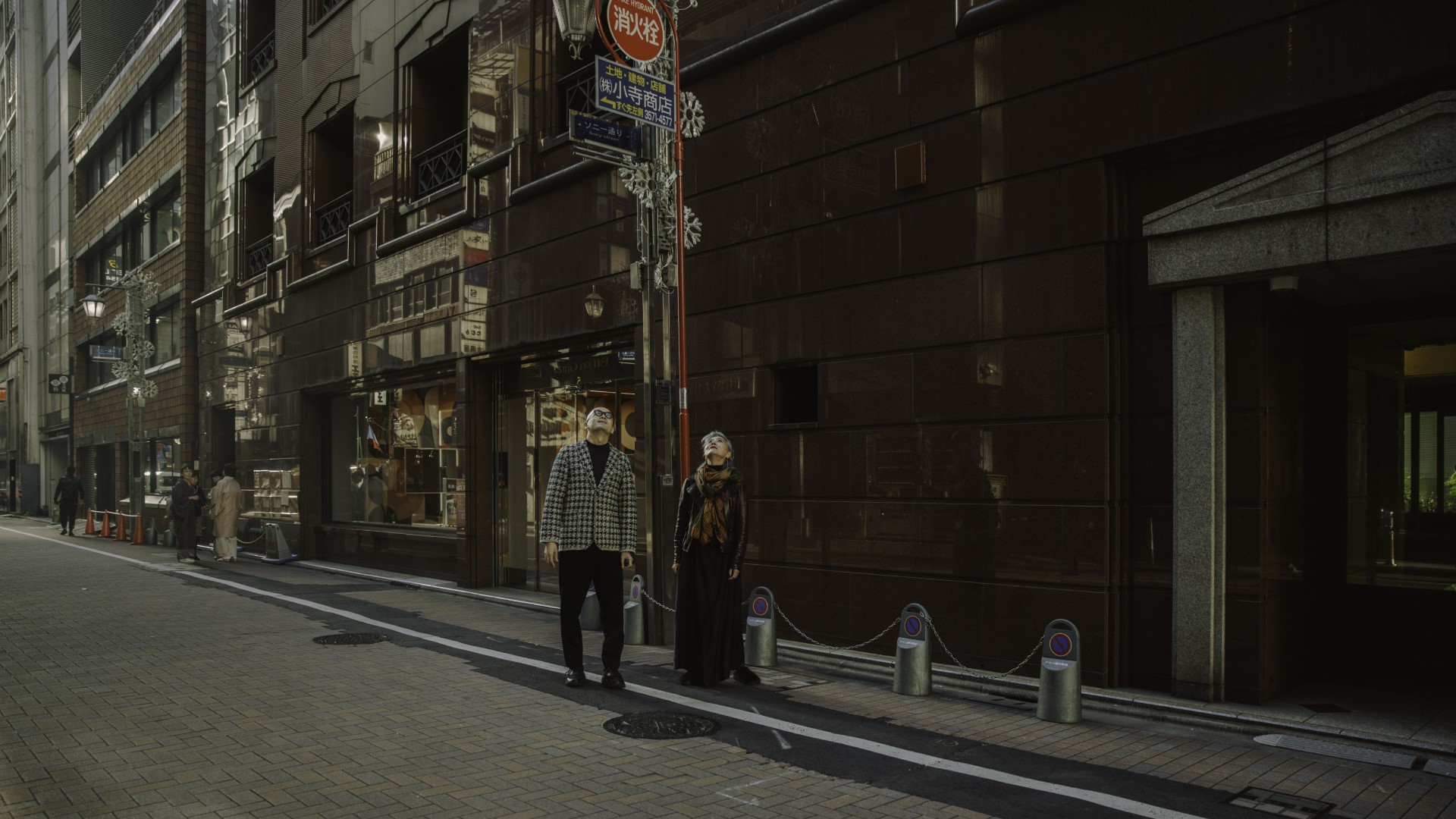
銀座――この魅力的な街は、多くの人々にとって、特別な瞬間や記憶に残る場所となっています。親に手を引かれて足を踏み入れたデパート、マスターのこだわりを感じる喫茶店、初デートで訪れたレストラン。どれもが、この街の独特の雰囲気と結びついています。
連載「銀座・メモワール」では、森岡書店代表、森岡督行さんがナビゲーターとして登場します。多様なゲストが織りなす銀座の豊かな物語を共有し、銀座の多面性とその普遍的な魅力に焦点を当てます。連載を通じて、銀座の隠れた魅力と多彩なストーリーに触れ、新たな価値を一緒に発見しましょう。
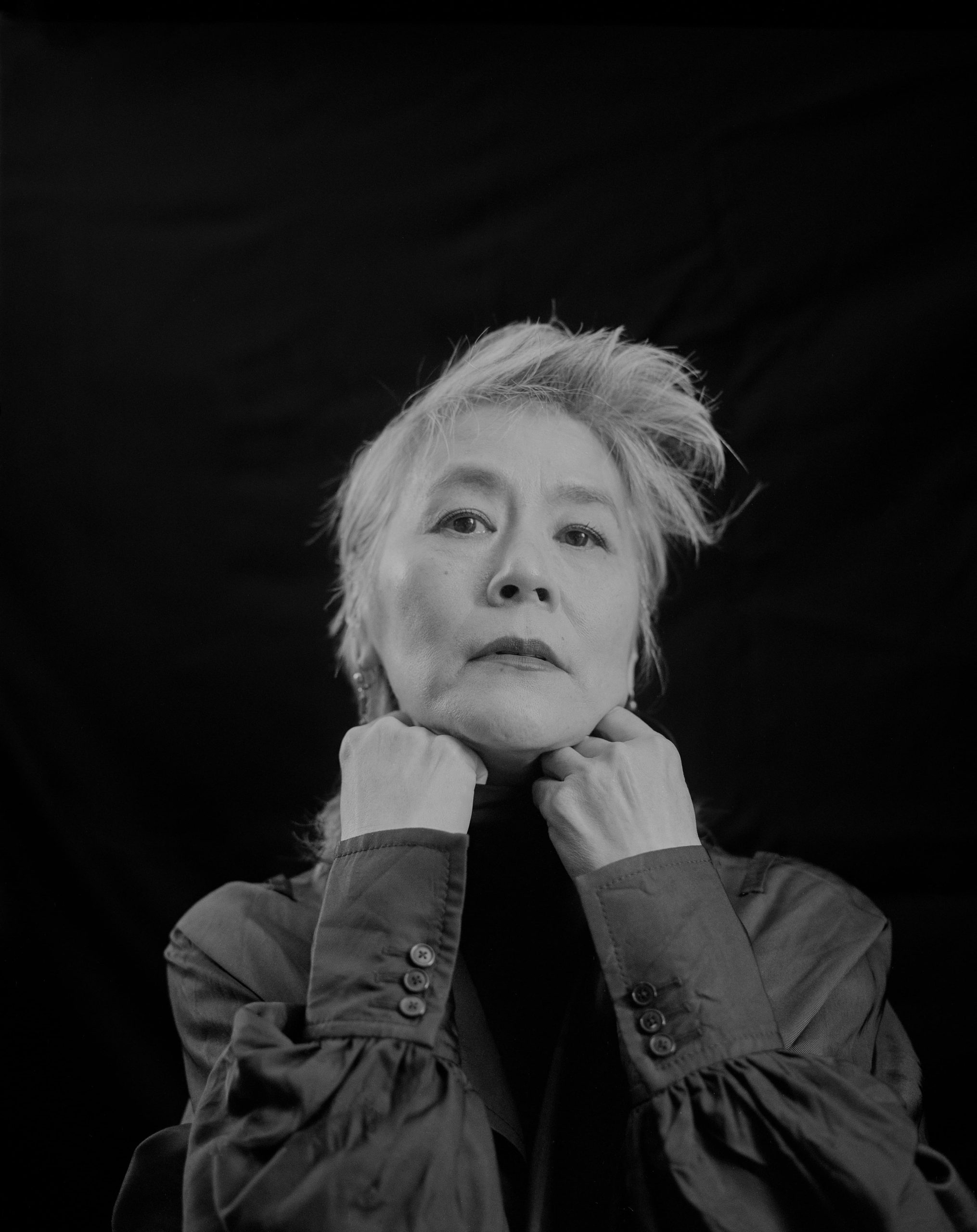
アーティストでピアニストの向井山朋子さんをゲストに迎えた連載「銀座・メモワール」。前篇では、銀座メゾンエルメス フォーラムで開催された展覧会『ピアニスト』の思い出や向井山さんが垣間見た銀座のもうひとつの顔について伺いました。後篇は、銀座でのおよそ1ヶ月にわたる自炊生活や、銀座のために向井山さんが演奏したい一曲の話に続きます。

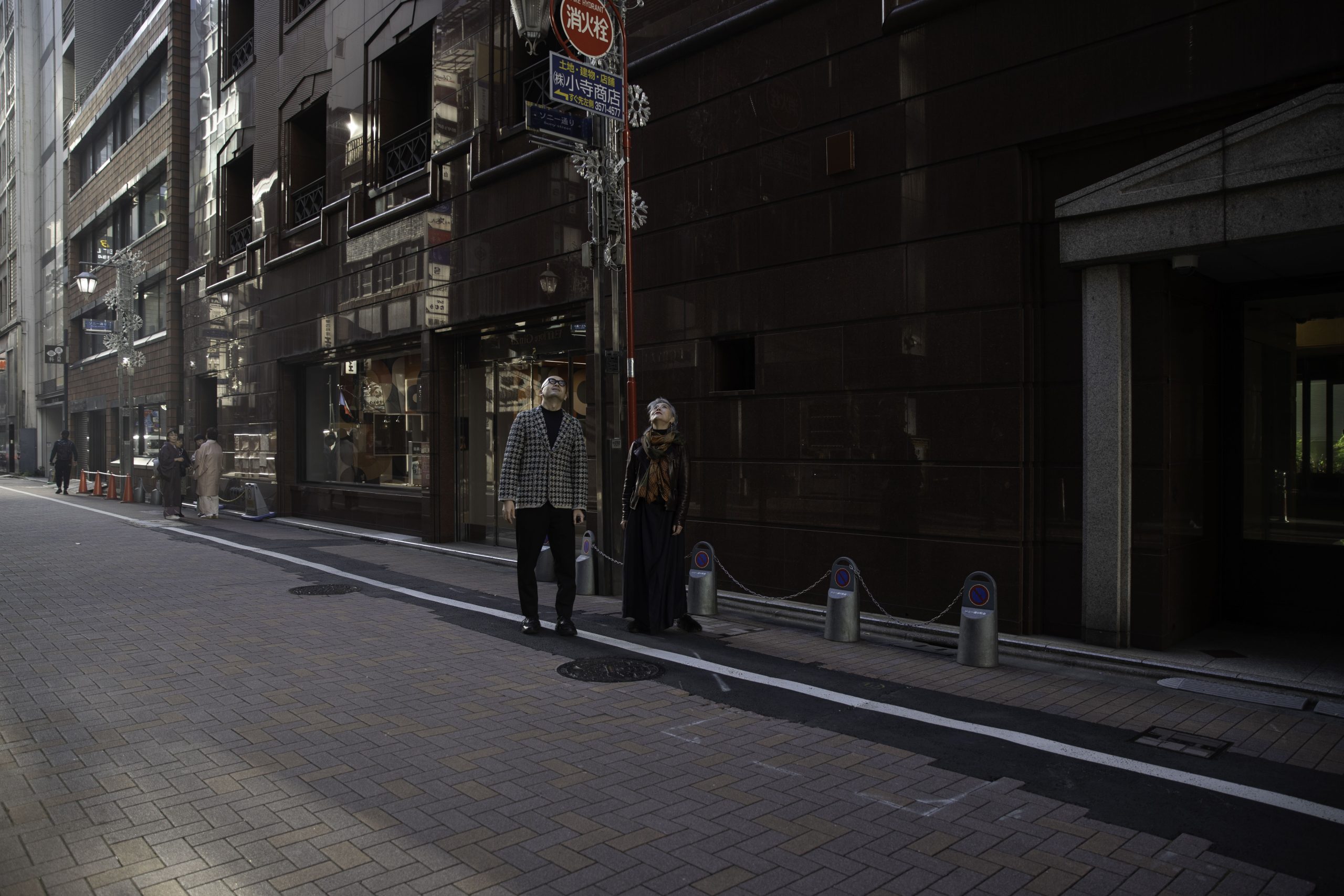
若者の渋谷、 大人の銀座
森岡 熊野から上京されて、最初に銀座に来たときの記憶はありますか?
向井山 あんまり覚えてないですね。もう何百年も前の話ですから(笑)。
森岡 何百年前とは驚きました!そういえば約百年前、同じく和歌山出身の南方熊楠は、明治期に4ヶ月半ほど銀座2丁目14番地にあった高田屋旅館に滞在したことがあったようです。それが何かにつながるわけでもないんですけど……。
向井山 でも、「三愛」は覚えてます。確か、喫茶店が入っていましたよね。
森岡 銀座4丁目交差点の「三愛ドリームセンター」。現在、建て替え中ですが、かつては1階、2階にドトールがあり、そこでは、いつもたくさんの人が珈琲を楽しんでいました。
向井山 上階で洋服も売ってましたっけ。ファッションビルの走りみたいな印象がありました。
森岡 いつごろの三愛ドリームセンターなのだろう。
向井山 熊野の山から出てきたのが1980年代の半ば、バブルの真っ只中でした。でも私が学生の頃、銀座は学生が行くような場所ではなかった気がします。ちょうど、渋谷が台頭していた頃でしたし。
森岡 渋カジの時代ですね。自分も渋カジのスタイルを積極的に取り入れたひとりです。
向井山 段々思い出してきた。銀座は女性がいるクラブがいっぱいあって、夜おじさんたちが飲みに行く場所。学生はそういう認識だったと思います。
森岡 銀座は、憧れの街でした。
向井山 今は入りやすいお店が多くて、老若男女が楽しめる街になっていますけど、当時はまったく雰囲気が違いましたよね。
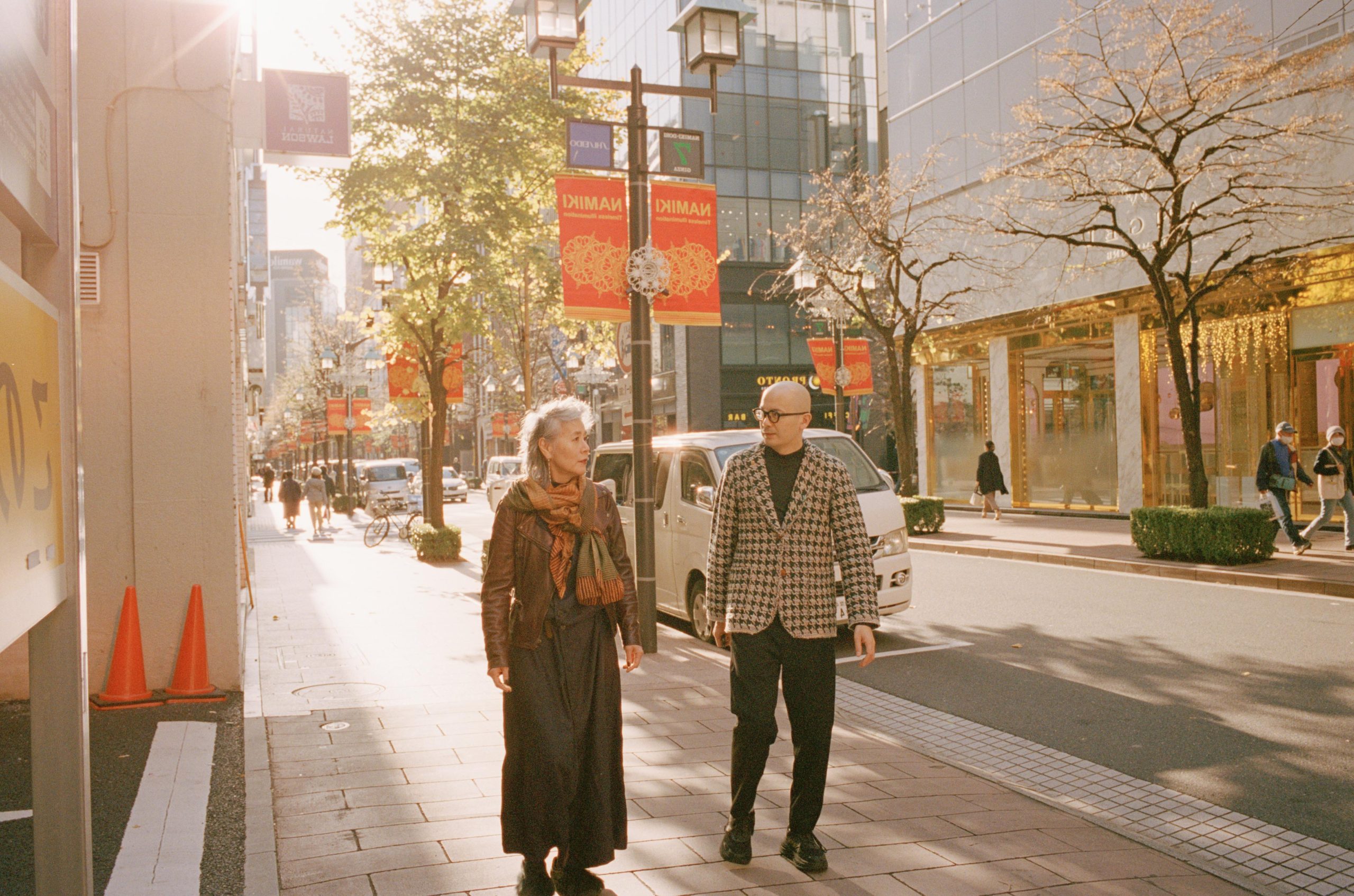
銀座での1ヶ月、 アパート自炊生活
森岡 『ピアニスト』の会期中はどこに滞在されてたんですか?
向井山 「絶対自炊をしたいので」とお願いして、銀座近くのアパートを借りてもらいました。気持ちが下がらないように。鍋とか食器も全部持ち込んで。
森岡 ずっと自炊されていたんですか?
向井山 ほとんど毎日。でもね、銀座ってなかなか食材を買えるところがないんですよ。
森岡 じゃあ、銀座ではあんまり外食はしなかった?
向井山 コンサートの前は食べられないんですよ。終わってからであれば、時間によっては「ナイルレストラン」のカレーを食べに行くこともありましたけど。あそこのカレーは中毒性がありますよね。でも、大半はアパートに帰って自炊をしていたと思います。
森岡 会期中は24日間ずっと、アパートからエルメスまで、銀座のどこかの通りを歩いて、往復されたわけですよね。
向井山 設営やリハーサルも合わせれば1ヶ月近くですね。
森岡 銀座には、超高層ビルはほとんどなく、そう高くないビルが建ち並んでいますが、その理由はいつも空が見えるように。銀座はもしかしたら日本的な風景かもしれないと思うのですが、30回近く行き来されて何か思うことはありましたか。海外の方からは銀座はクリーンということばを聞くことがありますが、確かに衛生的ではありますよね。特筆すべきは、街の人々が誰かに言われたわけではなく自発的にきれいにしていることです。
向井山 あんまり寄り道するところはないですよね。碁盤の目状に通りが伸びているし、公園があるわけじゃないし。でも、歩きやすかったですね。タクシーにも乗らずに毎日違う道を歩いていたけど、そんな印象はあります。でもそうか、改めて思い返すと、1ヶ月くらい銀座に住んでたってことですよね。
森岡 なかなかない経験だと思います。 私も銀座に住んだことないですもん、毎日通ってるけども。
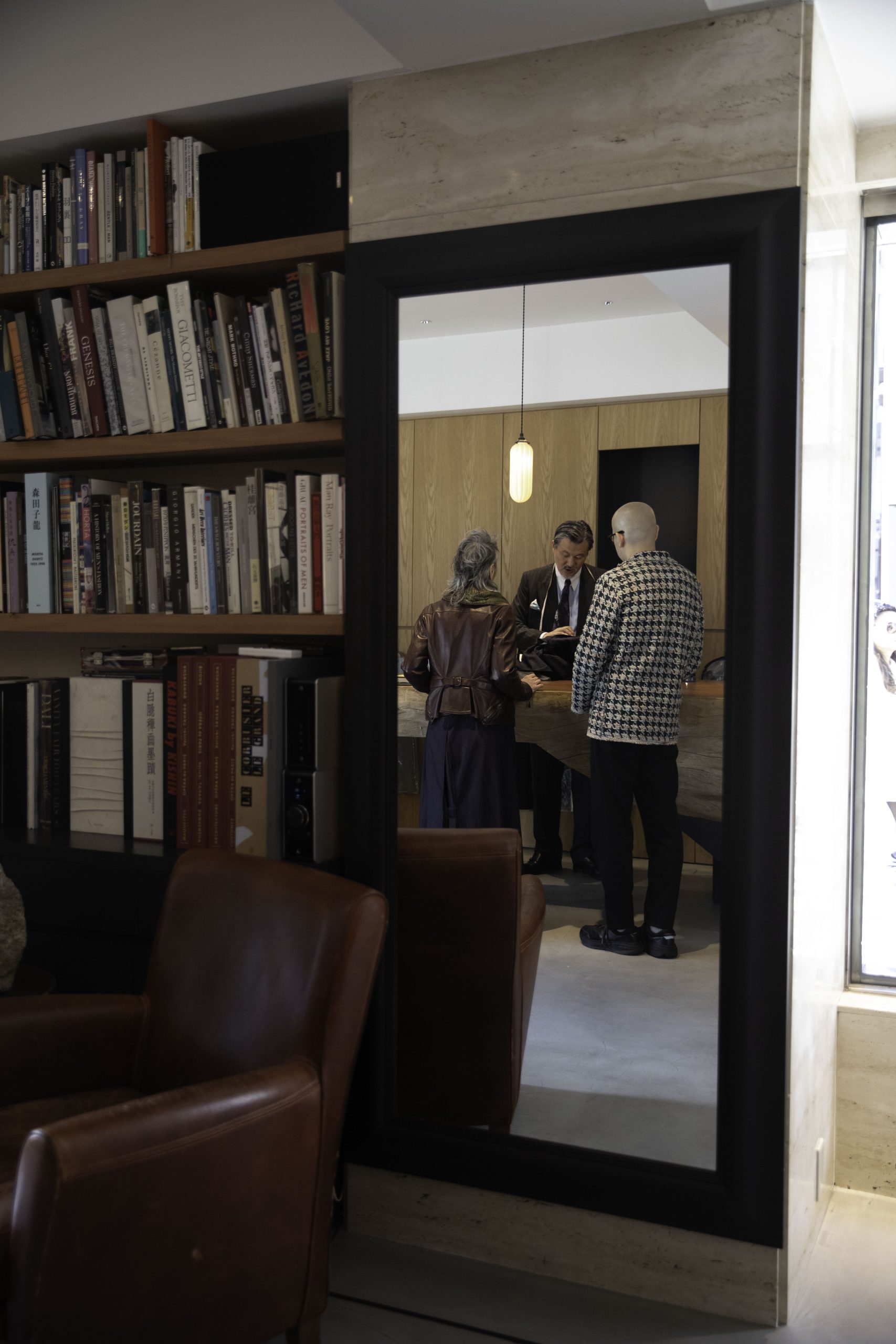
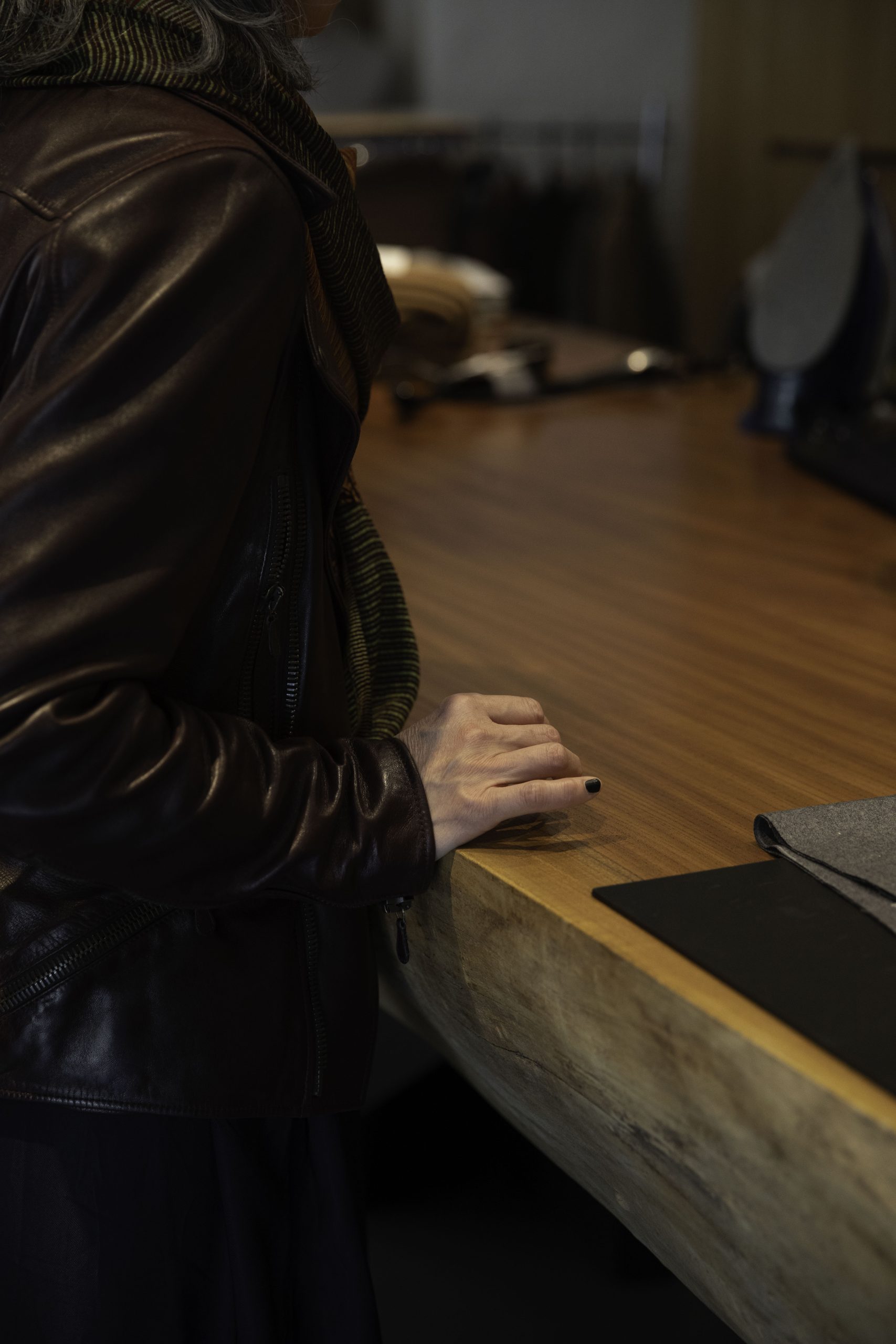
銀座のために 奏でる一曲
森岡 朋子さんの代表作のひとつに、たった一人のために弾く『for you』がありますが、もし銀座が人間だとしたらどんな曲を奏でますか?
向井山 その人、大きい人ですか?
森岡 そうだな……8丁目までありますから、160センチくらいとしてみましょう。
向井山 面白い(笑)。それで、その人、子どもですか?
森岡 銀座は歴史ある街ですが、常に外に開かれているという特徴を考えると、ずっと育ち盛りというイメージもあります。新しいものに敏感で。そうするとまだ高校生くらい。
向井山 好奇心に溢れている年頃ですね。
森岡 好奇心いっぱいです。で、性別は女性かな。
向井山 えっ、そうですか?
森岡 銀座のシンボルに柳がありますが、以前花椿の連載で、『梁塵秘抄』という後白河法皇が編纂した歌集のなかに、柳を、女性に喩えた歌があるのを見つけました。反対に男性は藤として描かれています。それで女性かなと思いました。
向井山 じゃあ、銀座子さんですね。段々オーディエンスが見えてきました。
森岡 銀座子さん、演奏会には何を着ていくかな。古着屋で見つけた80年代–90年代頃のISSEY MIYAKEですかね。東洋でも西洋でもないデザインを一生さんが模索していたというのを親から聞いて、もしかしたらこれがそうなんじゃないかと思って着ている。
向井山 銀座子さんに何を弾くか、ですよね。私、今アンビエント・ミュージックに興味があるんです。
森岡 アンビエント?
向井山 細野晴臣さんや坂本龍一さんをはじめ、日本でも独自の発展をしている音楽ジャンルで、「環境音楽」と言われることもあります。古くはエリック・サティの「家具の音楽」にまで遡ります。シンセサイザーを使ったアンビエントもあれば、ジョン・ケージの「4分33秒」がアンビエントの極致だと言われることもあったり。要は、家具のように存在する、主張のない音楽です。今私たちが求めているのは、そういう音楽かもしれない。それで最近は自分でアコースティックで、電子を通さないアンビエントをつくりたいなと思っているんです。音を出す方も受ける方も「聴く」という行為をあらためて考えるような音楽を。現代的でグローバルな銀座子さんには、その曲を聴いてもらいたいです。
森岡 銀座子さん、どんな反応するかな。
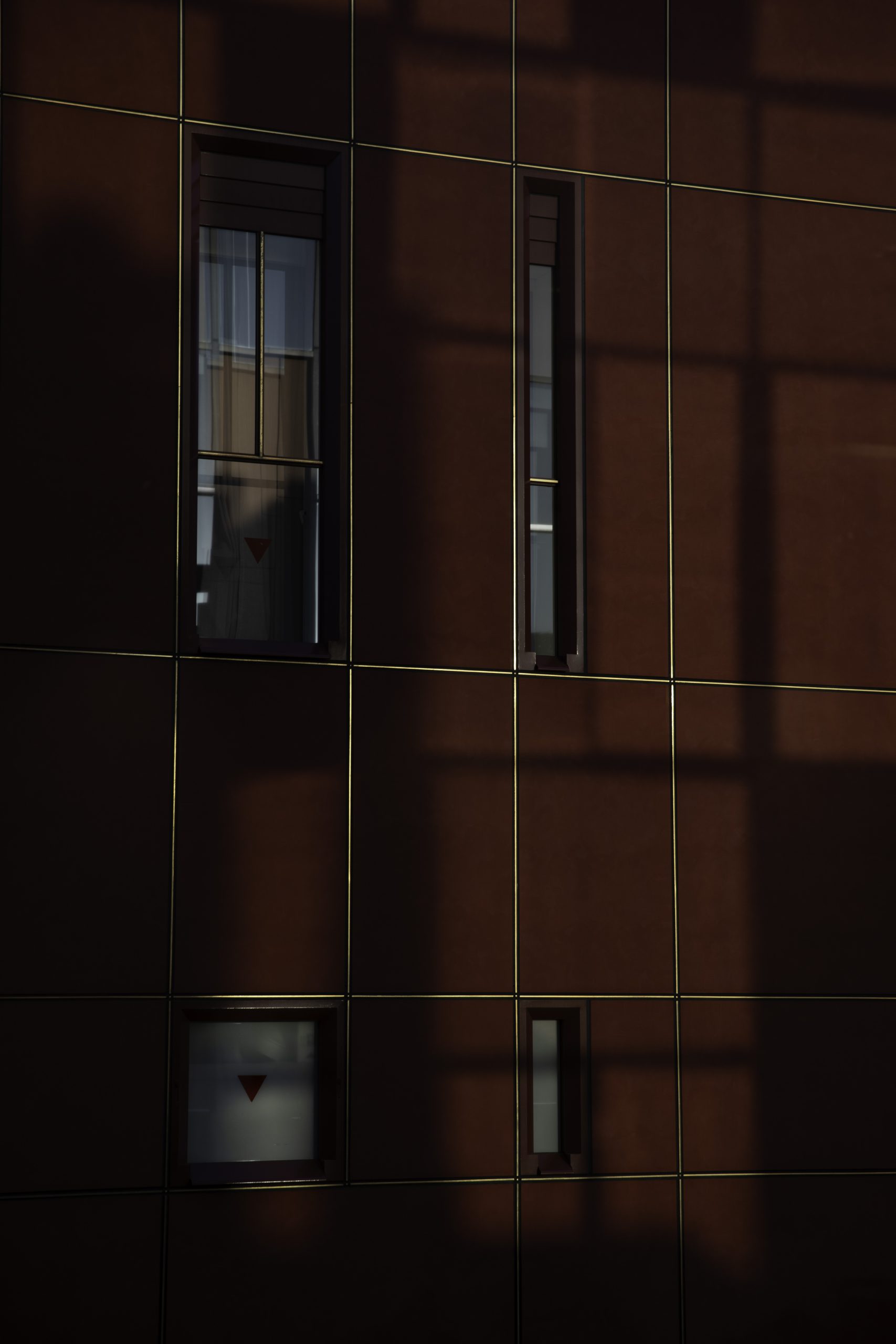

向井山朋子
オランダ、アムステルダム在住。2007年、向井山朋子ファンデーションをオランダに設立。1991年国際ガウデアムス演奏家コンクールに日本人ピアニストとして初めて優勝、村松賞受賞。また、近年は従来の形式にとらわれない舞台芸術やインスタレーション作品を発表。2015年には日本で一般社団法人○+(マルタス)を設立し、プロデュースの分野でも活躍。音楽のみならず、美術、建築、ファッション、ダンス、写真など、幅広い分野とのコラボレーションにより、自身の表現を続ける。近年の発表作品に、コンサート&ビジュアルインスタレーション『KUMANO』(2021)、コンサート『Love Song』(2022)、インスタレーション・パフォーマンス『figurante』(2023年)などがある。デビュー・アルバム『Women Composers』のリマスター盤が発売中。森岡督行
1974年山形県生まれ。森岡書店代表。文筆家。『800日間銀座一周』(文春文庫)、『ショートケーキを許す』(雷鳥社)など著書多数。
キュレーターとしても活動し、聖心女子大学と共同した展示シリーズの第二期となる「子どもと放射線」を、2023年10月30日から2024年4月22日まで開催する。
https://www.instagram.com/moriokashoten/?hl=ja平岩壮悟
編集者/ライター
1990年、岐阜県高山市生まれ。フリーランス編集/ライターとして文芸誌、カルチャー誌、ファッション誌に寄稿するほか、オクテイヴィア・E・バトラー『血を分けた子ども』(藤井光訳、河出書房新社)をはじめとした書籍の企画・編集に携わる。訳書にヴァージル・アブロー『ダイアローグ』(アダチプレス)。
https://www.instagram.com/sogohiraiwa/ナタリー・カンタクシーノ
フォトグラファー
スウェーデン・ストックホルム出身のフォトグラファー。東京で日本文化や写真技術を学び、ファッションからドキュメンタリー、ライフスタイルのジャンルで活躍。
https://www.instagram.com/nanorie/ヘアメイク/砂川 恵子(資生堂)
Ginza Memoir #2 Tomoko Mukaiyama, Part 2 “Ambient for Ginza”
2024.10.17
Text/Sogo Hiraiwa
Photography/Nathalie Cantacuzino
Ginza – This charming city is home to special moments and memories for many people. The department store you walked into with your parents’ help, the coffee shop where you could feel the master’s special attention to detail, the restaurant you visited on your first date. All are tied to the city’s unique atmosphere.
In the series “Ginza Memoir”, Morioka Shoten’s representative, Noriyuki Morioka, will appear as a navigator. A diverse group of guests will share Ginza’s rich stories, highlighting Ginza’s multifaceted nature and its universal appeal. Through this series, let’s come into contact with Ginza’s hidden charms and diverse stories, and discover new values together.
The series ”Ginza Memoir” features artist and pianist Tomoko Mukaiyama as a guest. In the first part, we asked Mr. Mukaiyama about his memories of the exhibition “The Pianist” held at the Ginza Maison Hermès Forum and about the other side of Ginza that he glimpsed. The second part continues with the story of about a month of self-catering life in Ginza and the song Mukaiyama wants to perform for Ginza.
Shibuya for young people, Ginza for adults
Morioka: Do you remember the first time you came to Ginza after moving to Tokyo from Kumano?
Mukaiyama: I don’t remember much. That was hundreds of years ago.lol
Morioka: I was surprised that it was hundreds of years ago! Come to think of it, about a hundred years ago, Minakata Kumagusu, also from Wakayama, apparently stayed at the Takadaya Ryokan at 2-14 Ginza for about four and a half months during the Meiji period. It doesn’t necessarily lead to anything…
Mukaiyama: But I remember “San-ai.” I’m sure there was a coffee shop inside.
Morioka: San-ai Dream Center at Ginza 4-chome intersection. Although it is currently being rebuilt, there used to be Dotour on the first and second floors, where many people always enjoyed coffee.
Mukaiyama: Clothes were also sold on the upper floor. It gave me the impression that it was like running through a fashion building.
Morioka: I wonder when the San-ai Dream Center will be.
Mukaiyama: I came out of Kumanoyama in the mid-1980s, at the height of the bubble economy. But when I was a student, I don’t think Ginza was a place that students would go to. It was right around the time when Shibuya was on the rise.
Morioka: It was the era of Shibu Kaji. I am also one of those who actively adopted Shibu Kaji’s style.
Mukaiyama: I’m starting to remember more and more. Ginza is full of clubs with women, and it’s a place where old men go drinking at night. I think the students had that understanding.
Morioka: Ginza was my dream city.
Mukaiyama: Nowadays, there are many shops that are easy to enter, making it a town that people of all ages can enjoy, but back then the atmosphere was completely different.
1 month in Ginza, living in a self-catering apartment
Morioka: Where were you staying during “The Pianist”?
Mukaiyama: “I definitely want to cook for myself,” so I asked them to rent an apartment near Ginza. Don’t let your feelings get worse. Bring all the pots and dishes.
Morioka: Have you always cooked your own meals?
Mukaiyama: Almost every day. However, there aren’t many places in Ginza where you can buy ingredients.
Morioka: So, you didn’t eat out much in Ginza?
Mukaiyama: You can’t eat before a concert. After finishing, depending on the time, I sometimes went to eat curry at Nile Restaurant. That curry is addictive, isn’t it? But I think most of them went back to their apartments and cooked for themselves.
Morioka: During the entire 24 days of the exhibition, you walked back and forth from your apartment to Hermes along some street in Ginza.
Mukaiyama: It took about a month including setup and rehearsals.
Morioka: There are almost no skyscrapers in Ginza, and there are many not-so-tall buildings, but the reason is that you can always see the sky. I think Ginza may have a typical Japanese landscape, but have you ever come back and forth about it nearly 30 times? I sometimes hear from people overseas that Ginza is clean, and it is certainly hygienic. What is noteworthy is that the people in the city are cleaning up voluntarily, without being told to do so.
Mukaiyama: There aren’t many places to detour. The streets are laid out in a grid pattern, and there are no parks. However, it was an easy walk. I didn’t even take a taxi and walked a different route every day, but I still get that impression. But now that I think about it, I lived in Ginza for about a month.
Morioka: I think it was a rare experience. I’ve never lived in Ginza either, although I commute there every day.
A song played for Ginza
Morioka: One of Tomoko’s masterpieces is “for you,” which she plays for just one person. If Ginza were a human, what kind of song would she play?
Mukaiyama: Is that a big person?
Morioka: That’s right… there’s a section up to 8th Street, so let’s say it’s about 160 centimeters.
Mukaiyama: Interesting.lol So, is that person a child?
Morioka: Ginza is a historic city, but given its characteristic of always being open to the outside world, it also has the impression that it’s always growing. sensitive to new things. So I’m still in high school.
Mukaiyama: He’s at an age when he’s full of curiosity.
Morioka: I’m full of curiosity. And the gender is female.
Mukaiyama: Huh, is that so?
Morioka: The symbol of Ginza is the willow, and in a previous Hanatsubaki series, I found a poem in a collection of poems compiled by the Cloistered Emperor Goshirakawa called Ryojin Hisho that compared the willow to a woman. Men, on the other hand, are depicted as wisteria. So I thought it was a woman.
Mukaiyama: So, you’re Ginzako. The audience gradually became visible.
Morioka: Ginzako-san, what should you wear to the concert? I think it’s an ISSEY MIYAKE from the 80’s or 90’s that I found at a thrift store. I heard from my parents that Issei was looking for a design that was neither Eastern nor Western, so I thought this might be the case, so I wore it.
Mukaiyama: The question is what to play for Ginzako. I’m currently interested in ambient music.
Morioka: Ambient?
Mukaiyama This is a music genre that has developed independently in Japan, including Haruomi Hosono and Ryuichi Sakamoto, and is sometimes referred to as “environmental music.” Its origins date back to Erik Satie’s “furniture music”. There is ambient music that uses synthesizers, and John Cage’s “4 minutes 33 seconds” is sometimes said to be the pinnacle of ambient music. The point is, it’s music that exists like furniture, without making a statement. Maybe that’s the kind of music we’re looking for right now.Recently, I’ve been thinking about creating my own acoustic ambient music that doesn’t allow electrons to pass through. Music that makes both the person making the sound and the person receiving it reconsider the act of “listening.” I would like Ginzako, who is modern and global, to listen to that song.
Morioka: I wonder how Ginzako-san will react.
Tomoko Mukaiyama
Lives in Amsterdam, Netherlands. In 2007, she established the Tomoko Mukaiyama Foundation in the Netherlands. In 1991, he became the first Japanese pianist to win the International Gaudeamus Competition and was awarded the Muramatsu Prize. In recent years, he has also released performing arts and installation works that are not bound by traditional formats.In 2015, he established the general incorporated association ○+ (MALTAS) in Japan, and is also active in the production field. He continues to express himself through collaborations with a wide range of fields, including not only music but also art, architecture, fashion, dance, and photography. Recent works include the concert and visual installation “KUMANO” (2021), the concert “Love Song” (2022), and the installation performance “figurante” (2023). A remastered version of their debut album “Women Composers” is now on sale.Yoshiyuki Morioka
Born in Yamagata Prefecture in 1974. Representative of Morioka Shoten. Writer. He has written many books, including “800 Days Around Ginza” (Bunshun Bunko) and “I Forgive Shortcakes” (Raichousha).
She also works as a curator and will hold the second phase of the exhibition series, “Children and Radiation,” in collaboration with University of the Sacred Heart, from October 30, 2023 to April 22, 2024.
https://www.instagram.com/moriokashoten/?hl=jaSogo Hiraiwa
Editor/Writer
Born in 1990 in Takayama City, Gifu Prefecture. In addition to contributing to literary, culture, and fashion magazines as a freelance editor/writer, he also plans and edits books such as Octavia E. Butler’s “Children of Blood” (translated by Hikaru Fujii, published by Kawade Shobo Shinsha). Involved in Translated by Virgil Abloh “Dialogue” (Adachi Press)
https://www.instagram.com/sogohiraiwa/Nathalie Cantacuzino
Photographer from Stockholm, Sweden. Studied Japanese culture and photography techniques in Tokyo, and is active in genres ranging from fashion to documentary and lifestyle.
https://www.instagram.com/nanorie/Hair&Makeup / Keiko Sunakawa(SHISEIDO)

